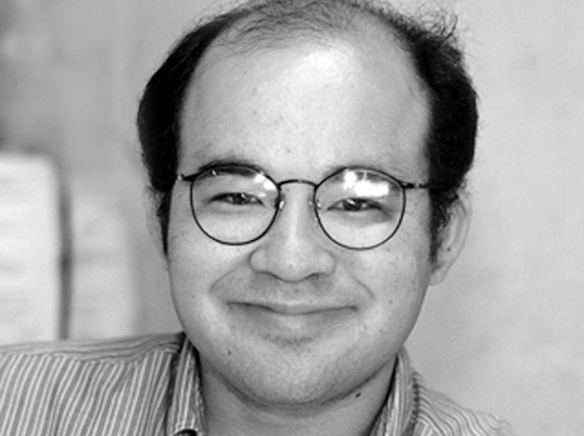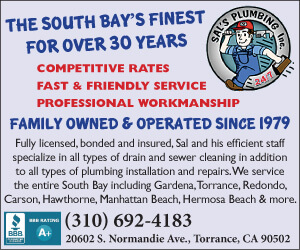Japanese Prime Minister Shinzo Abe’s recent visit to California was certainly an interesting one.
Any mention of Abe’s visit should address the elephant in the room, namely the protests.
Abe, who was born nine years after World War II ended, actually did talk about the war while in the United States. He placed a wreath at the World War II Memorial in Washington, D.C. before coming to California, and he visited the Japanese American National Museum, along with the Go For Broke Monument, in Little Tokyo while he was here.
Japanese Prime Minister Shinzo Abe’s recent visit to California was certainly an interesting one.
Any mention of Abe’s visit should address the elephant in the room, namely the protests.
Abe, who was born nine years after World War II ended, actually did talk about the war while in the United States. He placed a wreath at the World War II Memorial in Washington, D.C. before coming to California, and he visited the Japanese American National Museum, along with the Go For Broke Monument, in Little Tokyo while he was here.
He was undeniably more vague with his war apologies than the protesters would have wanted. Unfortunately, politics sometimes gives undue weight to extremists (it happens in America more often than we would like to admit), so the anti-apology conservative crowd in Japan gets more attention than they deserve. But reconciliation has to start somewhere, and Abe’s comments are steps in the right direction.
All in all, I thought the visit seemed like a successful one, and one which may prove to be important for Japan, Japanese Americans and for California.
For example, did you see that Shinkansen (“bullet train”) simulator that Abe brought with him to San Francisco?
German engineering company Siemens had done something similar in February, with a full-size model of the front half of a high-speed train at the steps of the state capitol building in Sacramento.
But Siemens’ model was a static model, whereas the Japanese simulator showed what it was like to actually “drive” a high-speed train. Siemens also didn’t have the prime minister of Germany come and send a personal invitation to Governor Jerry Brown — which Abe did, and the governor naturally accepted.
Japan clearly wants a piece of the California high-speed rail project. They have years of experience in the field, and Japan is every bit as prone to earthquakes as California is, all of which makes Japan highly qualified to supply high-speed trains to our state.
Why Japanese trains for California rather than American ones? Because the U.S. decided that passenger trains weren’t important during the Cold War era, and the industry was allowed to wither. Even with all our new light rail lines, the trains are still built by Siemens, Nippon Sharyo, Kinki Sharyo, Kawasaki, Hitachi, etc.
Another interesting idea received far less attention than the bullet train. Japan wants to open what Abe called a “Japan House” in Los Angeles. The Japan House would showcase the best of Japanese technology and culture, and a likely location would be Little Tokyo.
There probably is a market for a Japan House in Los Angeles. During Abe’s visit, President Barack Obama himself noted the popularity of Japanese culture in America.
Obama called the prime minister’s visit a chance for Americans “to say thank you for all the things we love from Japan. Like karate and karaoke. Manga and anime. And, of course, emojis.”
I would have stopped before the emojis line, but the sentiment is true. Little Tokyo has benefited greatly from America’s interest in Japan. The Japan House would be another excellent addition to the neighborhood.
James Fujita is a former GVN news editor. He works as a copy editor for the Visalia Times-Delta in California’s Central Valley. Fujita can be contacted at jim61773@yahoo.com

















